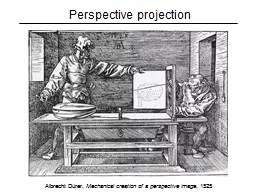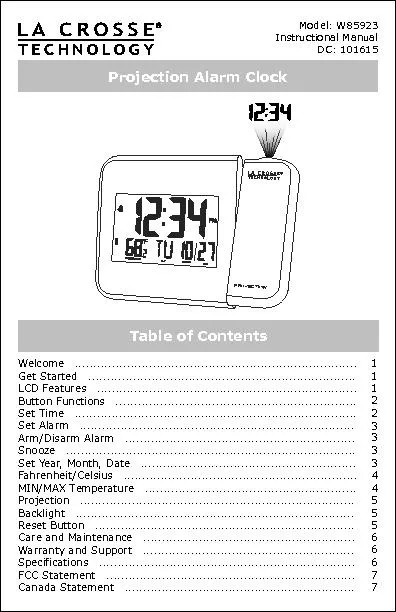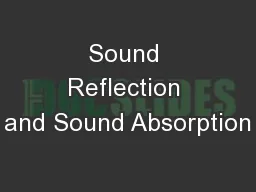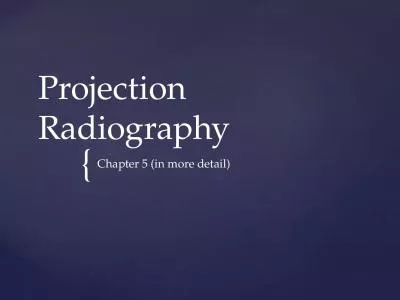PPT-Sound Reflectors and the Projection of
Author : olivia-moreira | Published Date : 2015-11-21
Sound Kaegan Gregory Joseph Kim Rockdale Magnet School for Science and Technology Introduction Background Information Methods Data Analysis Data AnalysisConclusion
Presentation Embed Code
Download Presentation
Download Presentation The PPT/PDF document "Sound Reflectors and the Projection of" is the property of its rightful owner. Permission is granted to download and print the materials on this website for personal, non-commercial use only, and to display it on your personal computer provided you do not modify the materials and that you retain all copyright notices contained in the materials. By downloading content from our website, you accept the terms of this agreement.
Sound Reflectors and the Projection of: Transcript
Download Rules Of Document
"Sound Reflectors and the Projection of"The content belongs to its owner. You may download and print it for personal use, without modification, and keep all copyright notices. By downloading, you agree to these terms.
Related Documents














